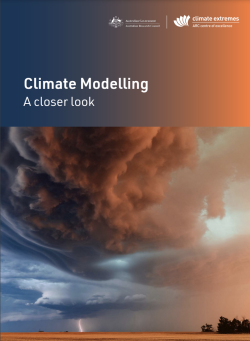Climate scientists say records broken in 2022 for the Antarctic were both “unprecedented and unexpected” as the region continues to have a tough year in 2023.
“Two events defined Antarctic extremes in 2022” says Dr Amelie Meyer, Chief Investigator at the ARC Centre of Excellence for Climate Extremes.
“The Antarctic broke records for heat and the loss of sea ice in 2022. In March 2022 a strong atmospheric river was pumped from near Tasmania and South Australia, getting trapped over East Antarctica by a blocking high pressure system. As a result, the Casey research station reached 5.6°C, a new record for March and the Concordia broke a record for its highest observed temperature ever -11.8°C, a huge rise given usual temperatures of around -50°C” says Meyer.
The analysis is part of The State of Climate and Weather Extremes 2022 – a report of leading climate researchers from the ARC Centre of Excellence for Climate Extremes.
The record breaking has continued in 2023 with sea ice extent in Antarctica falling to a record low in early 2023. Just a few weeks ago, on February 21st, sea ice in the Antarctic reached its annual minimum, lower than in 2022, setting a record low for the second straight year.
The 2023 Antarctic sea ice minimum extent was just 1.8 million square kilometers, about 40% less than the average between 1981 and 2010 and the lowest since records began in 1979.
“Antarctic sea ice is important for the global climate. It reflects sunlight and influences air-sea interactions and ocean circulation. Sea ice is also an important habitat for krill, a crucial part of the Southern Ocean food web” says Meyer.
“Antarctic sea ice is also key in holding Antarctic ice shelves in place. Less sea ice along the coast makes ice shelves less stable, which in turn impacts glaciers. With less sea ice and increasingly unstable ice shelves, these large glaciers flow faster into the ocean, contributing to global sea level rise.”
“We also saw the collapse of the East Antarctic Conger ice shelf in 2022 – an incredibly rare event. The number of ice shelves that have collapsed in recent decades is very concerning. With all these records broken in 2022 it’s important that we continue to invest in research regarding the causes, including the potential of climate change as a key factor in these events.”

“Climate models are how we predict the future of our climate – a crucial need as our planet warms.”
Professor Andrew Pitman, AO, FAA. Centre Director. ARC Centre of Excellence for Climate Extremes.


